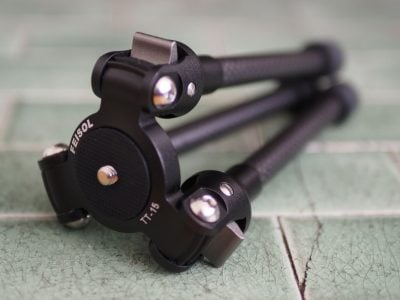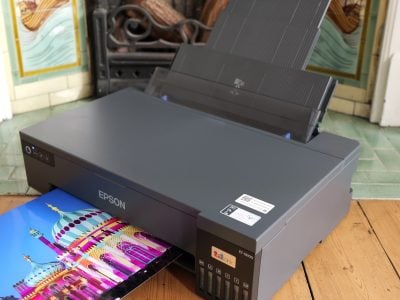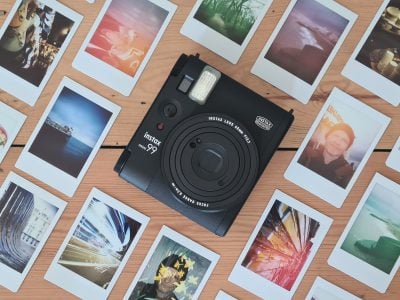Olympus E-500 / EVOLT E-500 review with Zuiko Digital 14-45mm f3.5~5.6
-
-
Written by Gordon Laing
Olympus E-500 purple fringing comparison
Olympus E-500 |
Canon EOS-350D |
Konica Minolta Dynax 5D |
Nikon D50 | |||
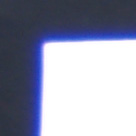 | 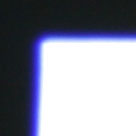 | 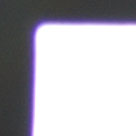 | 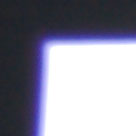 | |||
14-45mm at 14mm f3.5 |
18-55mm EF-S at 18mm f3.5 |
18-70mm DT at 18mm f3.5 |
18-55mm DX at 18mm f3.5 | |||
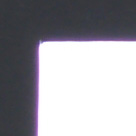 | 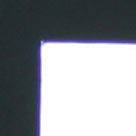 | 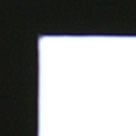 | 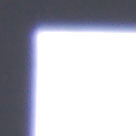 | |||
14-45mm at 45mm f5.6 |
18-55mm EF-S at 55mm f5.6 |
18-70mm DT at 70mm f5.6 |
18-55mm DX at 55mm f5.6 |
Olympus E-500 macro comparison
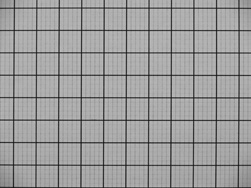 | To measure macro performance we photographed a custom chart using the bundled lenses at a distance and focal length which delivered the maximum possible reproduction. The dark lines are 10mm apart and the result is not cropped. Smaller areas are preferred in this test. The image left was taken with the Olympus E-500 using the 14-45mm Zuiko Digital Lens. Like most bundled Digital SLR lenses, the greatest macro reproduction was achieved with the lens zoomed all the way in – in this case to 45mm. Here the camera captured an area measuring 112x84mm which is noticeably larger then the results from its rivals with their kit lenses. In this respect the 14-45mm is not as good for close-up reproduction. |
Canon EOS-350D |
Konica Minolta Dynax 5D |
Nikon D50 | ||
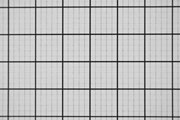 | 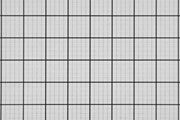 | 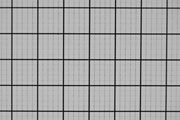 | ||
|
18-55mm EF-S at 55mm f8 Max area of 66x44mm at 13cm |
18-70mm DT at 70mm f8 Max area of 82x54mm at 20.5cm |
18-55mm DX at 55mm f8 Max area of 70x49mm at 13cm |
Results continued…
Outdoor / Resolution / Noise / Corner sharpness / Fringe and macro / Geometry / Vignetting
